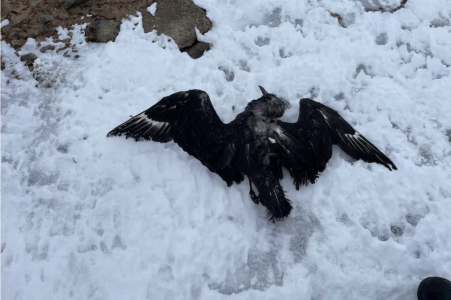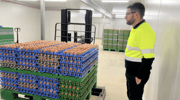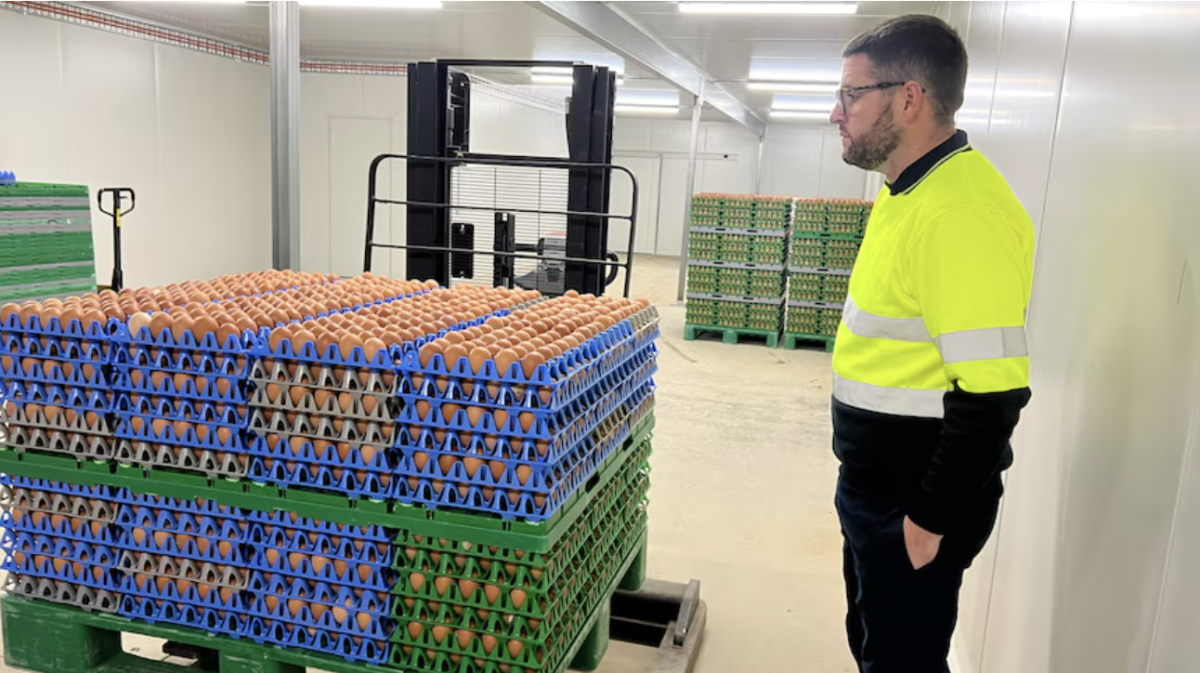
It was at the end of a peak egg production period when Victorian poultry farmer Brad McAuliffe first discovered the virus that shut down his business in May 2024.
"We lost between 500,000 to 600,000 of our birds due to the virus … I think in revenue we went from $70-80 million down to $0 overnight," Mr McAuliffe said.
His farm in Meredith was one of seven in eastern Australia forced to lock down in the country's worst outbreak of avian influenza, the H7N3 strain.
There have been no notifications of the disease since March this year, and the federal government declared the H7 strain officially eradicated in June.
It took Mr McAuliffe more than 12 months to resume full production, but he is not convinced the virus has gone for good.
"The challenge that we are having with bird flu is a real thing and it's not a thing we are treating as a one-off; it's not if but when we get it next time," he said.
Australian farmers put in biosecurity measures
Mr McAuliffe has spent millions of dollars to implement a range of biosecurity measures to protect his hens.
The farm gates are locked and he has installed anti-bacterial sprays for every vehicle that comes and goes.
Visitors sign in using a QR code and must answer a series of questions, including details on where they have travelled in previous days.
If they have been to another poultry farm in the previous 24 hours, there are more questions.
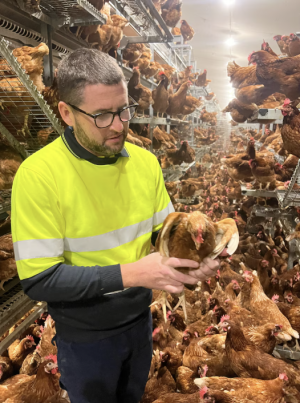
Once on-farm, visitors must shower and are provided with clothes and boots to wear in the sheds to prevent introducing or spreading disease.
Poultry workers have a strict uniform, including hair nets when sorting and packing eggs ready to be graded and cleaned.
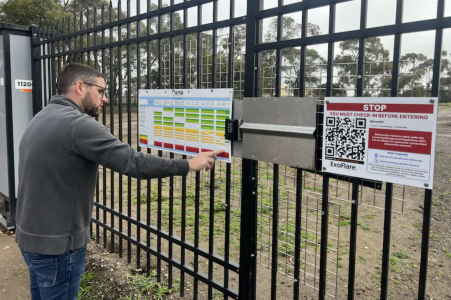
The trays they pack them into for transport from farm to farm are also sanitised.
"The idea is that they can go through an intensive wash, hot-washed and sanitised, same with the pallets and then we can utilise them through the other farms, and if there is another disease outbreak here, we are not transferring it farm to farm," he said.
Mr McAuliffe installed new technology to monitor chicken health by controlling temperatures and monitoring how much food and water they consume.
Any change in numbers from the previous day triggers a phone notification.
"We check this four times a day. The key thing about this if we see any slight drop in feed consumption, water consumption, egg production, we look at mortality and we investigate," Mr McAuliffe said.
The measures have kept the virus away from his property for now; however, a new threat looms.
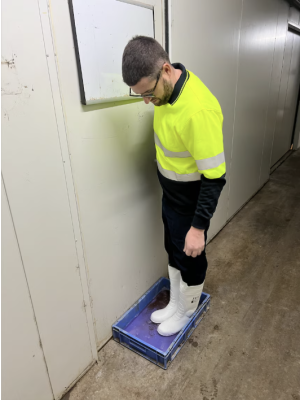
The H5 strain
H5N1 bird flu was discovered in China in 1996 and like H7, it spreads from migrating wild birds to poultry.
It also infects humans. Four hundred people have died from the virus and almost 1,000 cases have been reported in the past two decades.
In 2022, H5N1 mutated and spread quickly across the globe, infecting not just tens of thousands of seals and hundreds of thousands of wild birds, but also dairy herds in the United States, and was reported in sheep in the United Kingdom.
Australia reported its first human case of H5N1 in a returned overseas traveller in 2024.
The risk of H5N1 infecting Australian birds and mammals is elevated with the arrival of millions of birds in their spring migration.
Australia is the only continent not to have reported the virus, which has been detected as far away as Antarctica.
Michelle Wille from the World Health Organization, which tracks migratory birds, warned that the virus is only one mutation away from pandemic potential.
"This H5 virus has proven difficult to control. H7 tends to stick to chickens like glue and we can cull all the chickens and stop the outbreak in its tracks," Dr Wille said.
"But this H5 virus is circulating in everything, not just chickens, but also wild birds, and also dairy cattle, and also marine mammals.
"So our traditional approaches of control are failing quite miserably.
"This H5N1 arriving to Australia is going to happen. I can't tell you when, and I can't tell you by which route, but I think it's almost certainly going to happen."
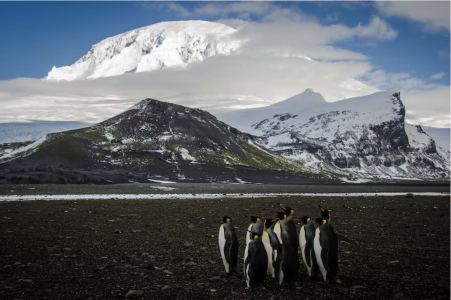
Charlotte Wundersitz from the National Farmers' Federation said if it reached Australia, the virus would have a significant impact on agricultural industries, wildlife and the national economy.
"We had understood this virus to impact poultry farms and poultry farmers are acutely aware of the risk," she said.
"But now we know that livestock producers and farmers as landholders are going to have a far greater level of responsibility if this virus arrives on Australian shores and also the impact possibly will be far greater than we ever realised."
Call for rethink of caged egg change
Victorian Farmers' Federation egg group president Brian Ahmed has urged a rethink on government plans to phase out caged egg farming by 2036.
He said free-range hens were more susceptible to bird flu because they were exposed to diseased wild birds when they roamed in paddocks.
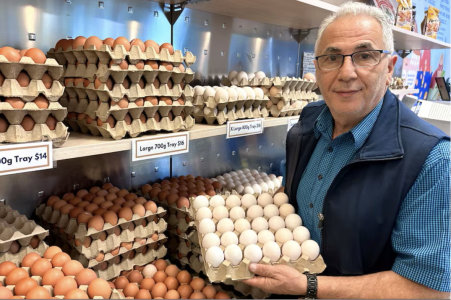
"Every time there's a disease outbreak it costs millions of dollars to eradicate, clean up and everything and even though government foots the bill initially and cleans it all up, farmers are expected to pay that back through what we call levies," he said.
"We're now impacted with an increase in levies for these disease outbreaks. So eventually that … comes out in the price of eggs. We have to get that money back."
Mr McAuliffe agreed and said the last bird flu outbreak caused mass egg shortages and a spike in prices across the country.
"If you're going to have the birds let outside and mingle with wildlife, that's what the consumer's demanding, there's going to be no way to mitigate it; there's only so much we can do," he says.
"All these biosecurity measures have a cost and a burden on the industry. If you do see the egg prices go up a little bit in the retail market, it's not going into our pockets, it's going into protecting the birds."
Government ramps up protection
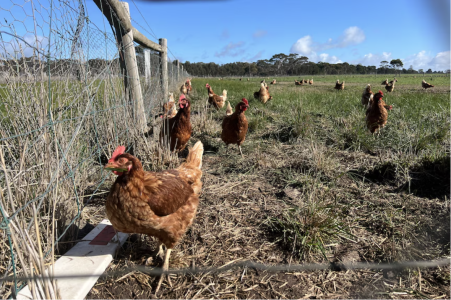
To protect Australia's $70 billion agricultural industry from avian influenza, the federal Department of Agriculture, Fisheries and Forestry is investing more than $100 million to increase preparedness and response capability.
A sum of $22.1 million is allocated to manufacturing and storing pandemic vaccines for both humans and native animal species.
Carol Booth from the Invasive Species Council said the virus could have a catastrophic impact on native species.
"We only need to look to South America to see what we could face in Australia.
"It arrived in South America in late 2022, and within a few months, it wiped out at least 650,000 wild birds, tens of thousands of mammals.
"They lost something like 40 per cent of Peru's pelicans, 95 per cent of the elephant seal pups in Argentina. So, the potential for large-scale deaths is high," she said.
Written by: Kathleen O'Connor, ABC News.

